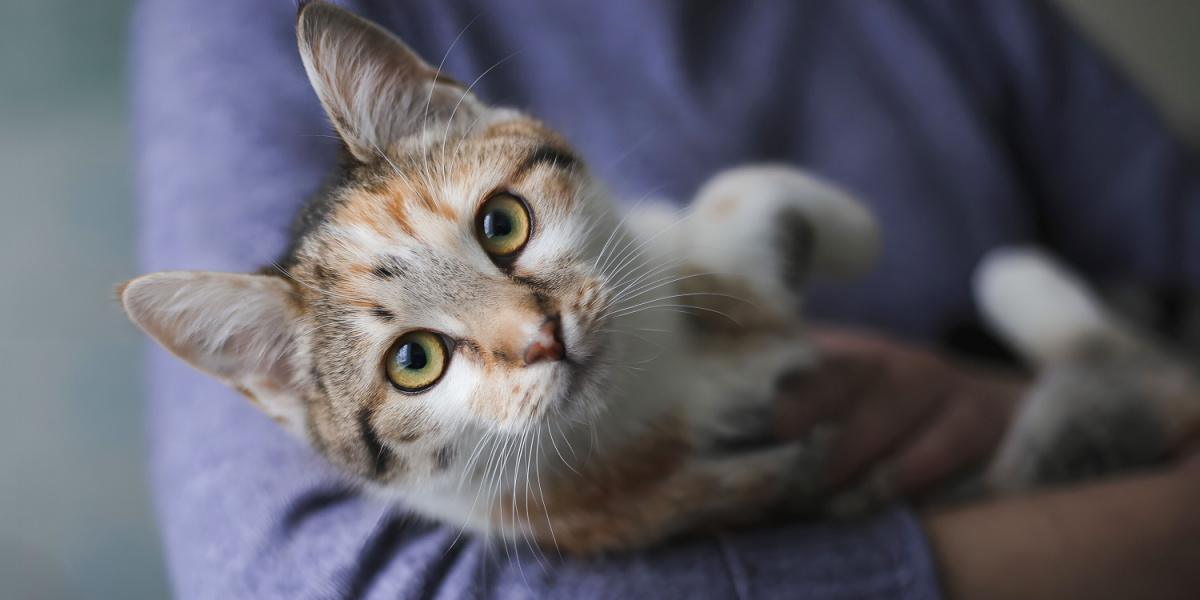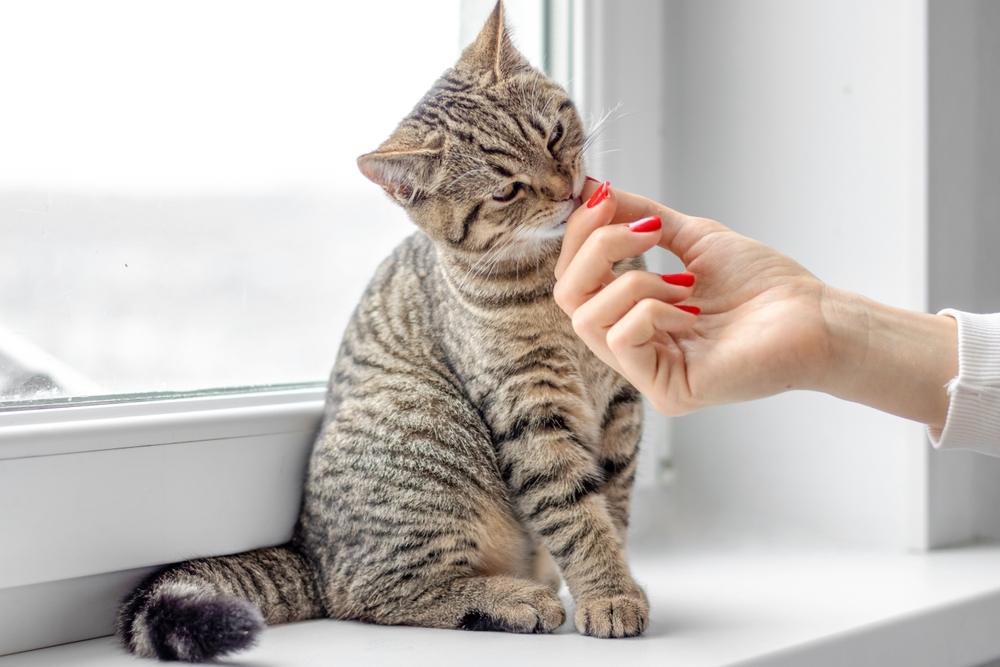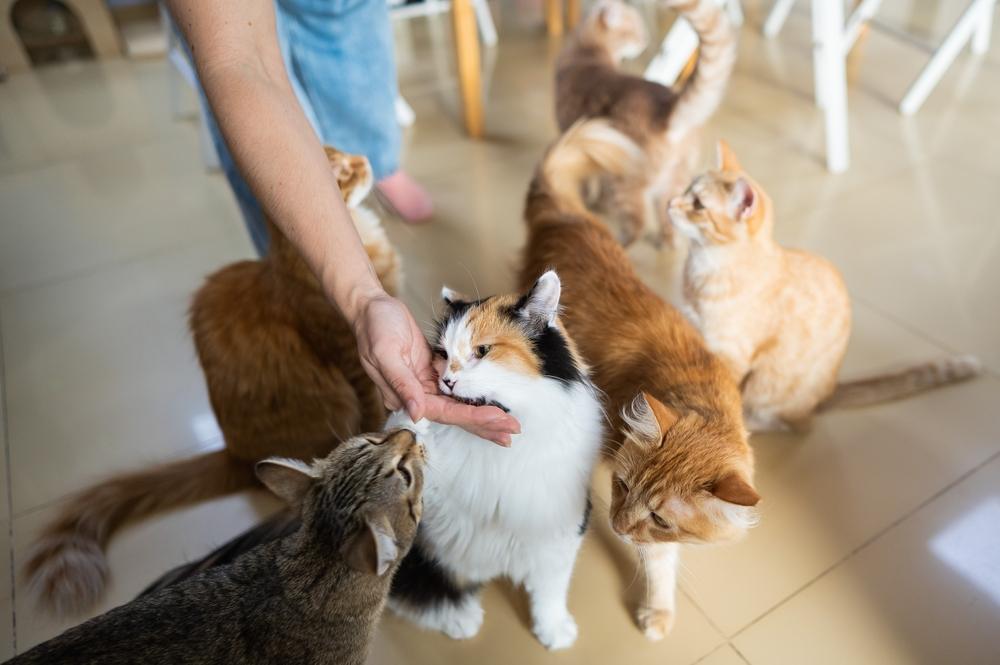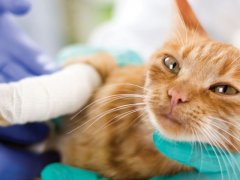
It’s a common perception that male cats make better pets than female cats as they are more affectionate, but is this true, or is it just another pet myth? Interestingly the answer to this question is not a simple yes or no.
No scientific evidence suggests male cats are always more affectionate than female cats. Still, research suggests that gender may impact some personality traits. Affection can be affected by many different variables, including socialization, neutering status, breed, and even color in some instances. Every cat is an individual, and even if your cat is not a cuddly lap cat, there are many ways to develop a deep bond with your furry family member.Key Takeaways
In some cases, male cats may be more affectionate than females, but this is not always true. In fact, several factors can contribute to whether a male cat is truly more loving than a female cat, so let us explore those together.
Is There Any Evidence Male Cats Are More Affectionate Than Female Cats?
As a veterinarian, I make decisions based on scientific evidence. So, is there any scientific research to suggest male cats are more affectionate than female cats? In short, the answer is no. There is a lot of anecdotal information out there that suggests it to be accurate, but this is based on opinion rather than fact.
One recent scientific study that investigated the compatibility of cats with children in the family specifically considered gender and neuter status and found no association between gender and aggression or affection levels.
However, another study found that gender may be associated with differences in personality traits such as aloofness, friendliness, intolerance, and trainability. So, if gender alone isn’t a driver for affection levels in cats, what is? And why do many people believe male cats are more affectionate than female cats?
What Factors Affect How Affectionate a Cat Is?
As owners, our perception of what counts as affectionate ranges. For some, an affectionate cat is a cuddly love bug of a lap cat, for others it may be a cat who chooses to keep you company on the sofa although doesn’t want to be pet. This makes it a hard factor to measure objectively. However, several factors seem to impact how affectionate or choosing of the company a cat is towards their owner, and these include:
- Breed
- Color
- Neutering Status
- Upbringing and Socialisation
- Other household pets
Neutering Status

Neutered cats tend to stray less far from home, which can positively impact a strong cat-owner bond.
Spaying or neutering your cat will impact their hormone levels, but does this lead to a gender difference in affection levels? Studies have found that neutering status did not affect the level of affection towards children in cats. However, neutering will impact some behaviors, such as roaming, that can increase the amount of time your cat chooses to spend at home – essential for the amount of time your cat will be present for smooches!
Male unneutered cats with access to the outdoors tend to roam in search of female cats more often. Neutering your male cat will make it more likely for him to spend more time at home. Neutering also decreases the incidence of unwanted behaviors such as fighting to defend their territory and urine spraying in boy cats.
Intact female cats may also roam in search of a male suitor. Still, in the home environment, they may be extra affectionate or flirty when in heat. A much less desirable cat behavior in intact females includes extreme vocalization (which can be alarming or may sound like they are in pain). Neutering will help prevent these behaviors.
Fur Color
The impact of fur color on affection levels is fascinating, so let’s consider some of the science behind this. This is because, in cats, some color variations are sex-linked. This means that because the DNA that carries information on some coat colors is specifically found on the chromosomes (genetic material) that also determine a cat’s gender, the vast majority of cats of a particular colorway are male or female.
Examples of this include ginger male cats and tortie or calico female cats. Researchers have suggested that coat color may be implicit in animal behavior as melanin, a pigment essential for fur and skin color, is also linked to dopamine levels. Dopamine is an important chemical messenger within the brain.
This association has been hypothesized but not definitively proven in cats. Tortie and calico cats, who are predominantly female, have a reputation for being feisty, and a 2016 study from UC Davies demonstrated an increased incidence of negative behaviors in these colorways.
Ginger cats, who are predominantly male, have a reputation for being friendly, and indeed a recent study found orange cats scored highest for friendliness and calmness. So it may well be this suspected link in coat color, gender, and behavior that accounts for some anecdotal stories of boys being more affectionate than girls.
Breed

Some cat breeds are known for their affectionate and friendly natures, such as the Birman, Burmese and Maine Coon.
A few studies have considered affection levels or positive human-cat behaviors across various breeds of cats. However, no definitive studies outline whether there is a gender bias within breeds towards certain breeds of male cats being more affectionate than female cats.
The reality is that even within “friendlier” breeds, there will be variation in whether males or females are more affectionate, with a lot coming down to an individual cat’s personality and upbringing.
Upbringing, Socialization, and Multi-Cat Households
The environment a kitten was brought up in, and their level of socialization, can impact how affectionate they are. Some cats who have experienced unpleasant situations or had limited socialization in their formative years can become more aloof and show less affection than those well-socialized as kittens.
Again, however, this is significantly impacted by an individual cat’s personality, and some rescue cats with horrific backstories can become the most affectionate lap cats. There is no evidence to support a gender bias towards males over females in the case of upbringing and socialization at this time.
Having multiple cats in a household can also impact affection levels due to disagreements or conflicts between cats leading to heightened stress levels. Conflict does not always present as physical fighting, so any owner with multiple cats should monitor their cats’ behavior closely and ask their veterinarian for advice if concerned.
There does not appear to be any evidence to support that gender impacts whether cats in multi-cat households are more or less affectionate.
Final Thoughts
If you are deciding on which gender kitten or rescue cat to bring into your family, it is essential to understand just because you chose a male cat; it does not automatically mean he will be more friendly than his female counterpart. Many factors contribute to affection levels and behavioral differences in cats.
It is best to consider all of these before taking on a new family member. Even with careful selection, every cat is an individual with their own personality. Even if your cat isn’t keen on the life of a lap cat, you can find all sorts of ways to develop a long-lasting, deep bond with your new family member.
Also Read: 7 Signs Your Cat Is Not Getting Enough Love
Related Contents:
Frequently Asked Questions
Are male cats more affectionate than female cats?
In short, the answer to this is sometimes but not always. Affection levels in cats can be impacted by neutering status, personality difference, breed, and even color (anyone who has owned a female tortie or calico cat will attest to their feisty nature).
Are male cats calmer?
No evidence supports that all male cats are calmer than females. How calm your cat is comes down to many factors, including personality and previous life experiences.
Which gender cat is more affectionate?
No substantial evidence supports that either gender cat is always more affectionate than the other. Affection levels are impacted by neutering status, breed, personality, lived experience, and, in some cases, coat color.
-
Gonzalez-Ramirez. M and Landero-Hernandez. R (2022) Coat Color, Personality Traits and the Cat-Owner Relationship Scale: A Study With Cat Owners in Mexico. Animals. DOI https://doi.org/10.3390/ani12081030
-
Hart et al. (2018) Compatibility of Cats with Children in the Family. Frontiers in Veterinary Science. DOI https://doi.org/10.3389/fvets.2018.00278
-
Stewlow. E et al. (2016) The relationship between coat color and aggressive behaviors in the domestic cat. Journal of Applied Animal Welfare Science. DOI. 10.1080/10888705.2015.1081820








I’ve had both male and female cats and found that it doesn’t matter in regarding affection. My ginger was the most affectionate. The calico hated other animals but loved all humans, even the vet. My current female tiger is affectionate. One male black and one male gray were biters. The last make black one was a little affection. Both black cats were both fraidy cats…they would even scare themselves!